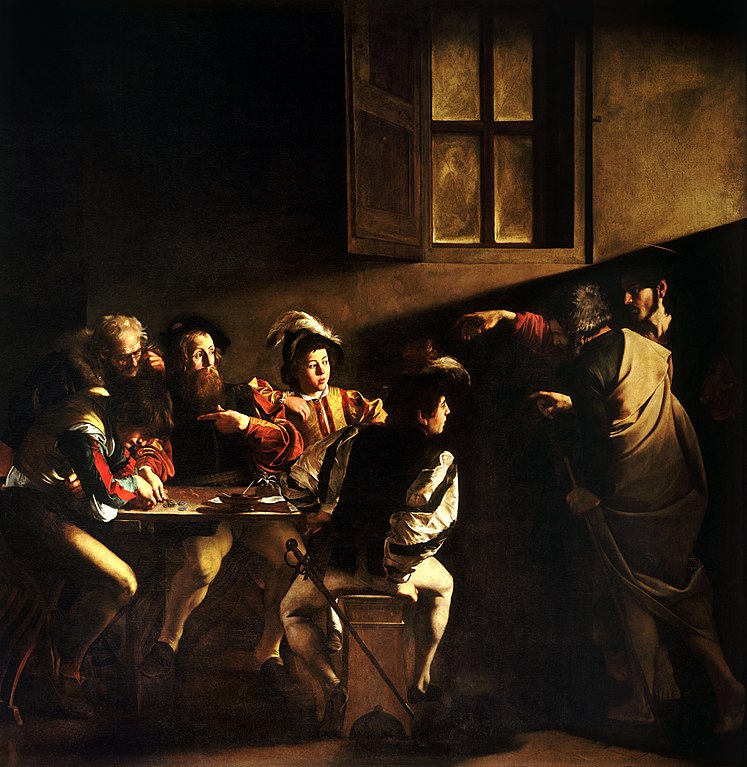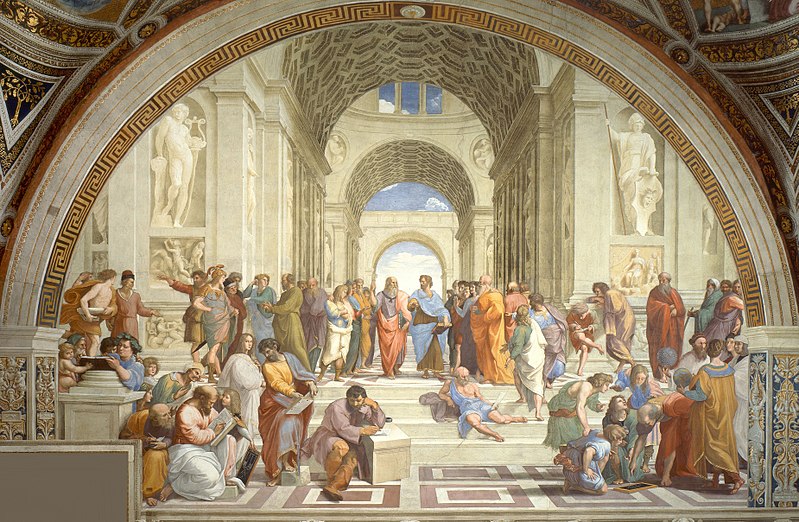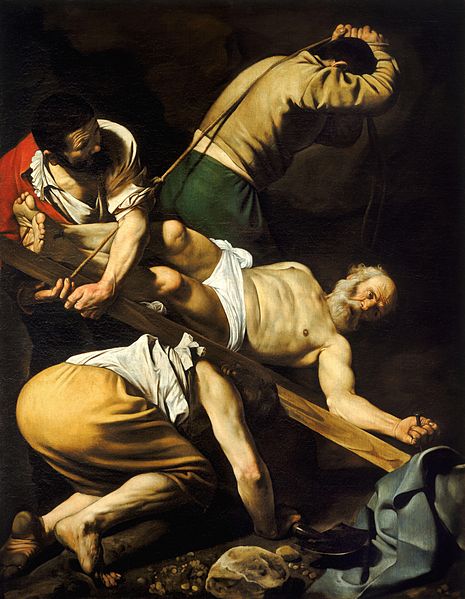Rome is a city that has a long history that extends back thousands of years, making it a city that is rich in both art and culture.
The city is a treasure mine of artistic and architectural delights, ranging from remnants of old Roman buildings to breathtaking masterpieces from the Renaissance and Baroque periods.
The ceiling of the Sistine Chapel, the Trevi Fountain, the Pantheon, and the Colosseum are among the most well-known attractions in Rome. Each of these structures represents a different facet of the city’s history and cultural legacy.
It doesn’t matter if you’re an art connoisseur or if you just admire the natural splendor of the world around you; Rome’s artistic treasures are guaranteed to make an indelible mark on you.
Famous Artworks in Rome
1. Michelangelo’s “Pieta” – St. Peter’s Basilica in Vatican City

Michelangelo’s “Pieta” is a famous sculpture located in St. Peter’s Basilica in Vatican City, Rome. It depicts the body of Jesus Christ after his crucifixion lying on the lap of Mary, his mother.
It is a masterpiece of Renaissance sculpture and is widely regarded as one of the greatest works of art ever created. T
he sculpture was completed by Michelangelo when he was just 24 years old and is a testament to his incredible skill and artistic vision. It is a must-see for anyone visiting Rome, especially those interested in art and sculpture.
2. Sistine Chapel Ceiling – Vatican

The Sistine Chapel Ceiling is one of the most famous artworks in the world and is located in the Vatican in Rome.
It was painted by Michelangelo between 1508 and 1512 and depicts scenes from the Book of Genesis, including the Creation of Adam and the Fall of Man. T
he ceiling is over 130 feet long and 43 feet wide, and the frescoes cover over 5,000 square feet of surface area.
The ceiling is famous for its incredible artistry, composition, and beauty, and has been considered one of the greatest works of Western art since its completion.
It is a must-see for anyone visiting Rome, especially those interested in Renaissance art, painting, or religious history.
3. Caravaggio’s “The Calling of Saint Matthew” – Church of San Luigi dei Francesi

Caravaggio’s “The Calling of Saint Matthew” is a painting located in the Church of San Luigi dei Francesi in Rome. The painting depicts the moment when Jesus Christ called Matthew, a tax collector, to become one of his disciples.
Caravaggio’s use of dramatic lighting and realistic figures in “The Calling of Saint Matthew” was groundbreaking and had a profound influence on the development of Western art.
The painting is considered one of his masterpieces and is a must-see for anyone visiting Rome, especially those interested in Baroque art, painting, or religious history.
The Church of San Luigi dei Francesi is located near Piazza Navona in Rome’s historic center and contains several other works by Caravaggio, including “The Inspiration of Saint Matthew” and “The Martyrdom of Saint Matthew”.
4. Raphael’s “The School of Athens” – Vatican Museums

Raphael’s “The School of Athens” is a painting located in the Vatican Museums in Rome. It is a fresco painting that was completed in 1511 and is one of the greatest masterpieces of the High Renaissance period.
The painting depicts an imaginary scene of the great philosophers of ancient Greece and Rome gathered together in a grand hall, with Plato and Aristotle at the center of the composition. The figures are depicted with great clarity and detail, and the painting is celebrated for its balance, harmony, and beauty.
“The School of Athens” is considered a masterpiece of Western art and is a must-see for anyone visiting Rome, especially those interested in Renaissance art, painting, or philosophy.
The Vatican Museums contain many other masterpieces of art, including other works by Raphael, Michelangelo, and Botticelli, making it one of the most important art collections in the world.
5. Bernini’s “Ecstasy of Saint Teresa” – Church of Santa Maria della Vittoria

Bernini’s “Ecstasy of Saint Teresa” is a sculpture located in the Church of Santa Maria della Vittoria in Rome. The sculpture depicts Saint Teresa of Avila in a state of mystical ecstasy as she receives a vision of an angel piercing her heart with a golden arrow.
The sculpture is celebrated for its intense emotional expression, dramatic composition, and masterful use of light and shadow. Bernini’s skill in capturing the movement and emotion of the human form is on full display in this work, and it is considered one of the greatest masterpieces of Baroque sculpture.
The Church of Santa Maria della Vittoria is located near Piazza della Repubblica in Rome’s historic center and contains many other important works of art, including frescoes by Giovanni Battista Tiepolo and sculptures by Alessandro Algardi.
6. Caravaggio’s “Crucifixion of Saint Peter” – Church of Santa Maria del Popolo

Caravaggio’s “Crucifixion of Saint Peter” is a painting located in the Cerasi Chapel of the Church of Santa Maria del Popolo in Rome. The painting depicts the martyrdom of Saint Peter, who was crucified upside down at his own request.
Caravaggio’s use of dramatic lighting and realistic figures in “Crucifixion of Saint Peter” is characteristic of his style, and the painting is considered one of his masterpieces.
The composition is powerful and emotional, with Saint Peter’s anguish and pain conveyed through his contorted body and facial expression.
The Church of Santa Maria del Popolo is located near the Spanish Steps in Rome’s historic center and contains many other important works of art, including frescoes by Pinturicchio and sculptures by Gian Lorenzo Bernini.
7. Equestrian Statue of Marcus Aurelius

The Equestrian Statue of Marcus Aurelius is a famous bronze statue located in the center of the Campidoglio square in Rome. The statue depicts the Roman emperor Marcus Aurelius riding a horse and is widely regarded as one of the greatest examples of ancient Roman sculpture.
The statue dates back to the 2nd century AD and was originally located in the Campus Martius area of Rome. It was later moved to the Capitoline Hill in the 16th century and has been on display in the Campidoglio square since the 18th century.
The statue is celebrated for its incredible detail and realism, with Marcus Aurelius depicted in intricate armor and with a facial expression that conveys both wisdom and strength. It is a must-see for anyone visiting Rome, especially those interested in ancient Roman art and history.
8. Penitent Magdalene – Doria Pamphilj Gallery

Penitent Magdalene (also known as Repentant Madalene) is an oil on canvas artwork by Italian Baroque artist Caravaggio from the 16th century.
The picture depicts a remorseful Mary Magdalene, hunched over in penitent grief as she abandons her dissolute lifestyle and its trappings.
The picture was unorthodox at the time of its production, circa 1594–1595, due to its current realism and divergence from typical Magdalene iconography.
Caravaggio’s objectives have been the subject of both criticism and acclaim, with inquiry continuing into the twenty-first century. The piece is on display in the Doria Pamphilj Gallery in Rome.
9. The Last Judgment – Vatican

“The Last Judgment” is a painting located in the Sistine Chapel in the Vatican City in Rome. The painting was created by Michelangelo between 1536 and 1541 and depicts the second coming of Christ and the final judgment of humanity.
The painting covers the entire altar wall of the Sistine Chapel and is considered one of Michelangelo’s greatest masterpieces. The composition is incredibly complex, with hundreds of figures depicted in various states of agony or ecstasy, as they await their final judgment.
“The Last Judgment” is celebrated for its incredible artistry, composition, and emotional power, and is considered one of the greatest works of Western art. It is a must-see for anyone visiting Rome, especially those interested in Renaissance art, painting, or religious history.
10. Portrait of Innocent X – Galleria Doria Pamphilj

The “Portrait of Innocent X” is a famous painting by Diego Velázquez located in the Galleria Doria Pamphilj in Rome. The painting was created in 1650 and depicts Pope Innocent X, who was the head of the Catholic Church from 1644 to 1655.
The painting is celebrated for its incredible realism, with the Pope’s stern facial expression and furrowed brow conveying a sense of power and authority. Velázquez was known for his ability to capture the human form with incredible precision, and “Portrait of Innocent X” is considered one of his greatest masterpieces.
The Galleria Doria Pamphilj is one of the largest and most important private art collections in Rome and contains many other important works of art, including paintings by Caravaggio, Raphael, and Titian.
The gallery is located near the Piazza Venezia in Rome’s historic center and is a must-see for anyone interested in Baroque art or Italian art history.
11. Martyrdom of St. Erasmus – St. Peter’s Basilica

The “Martyrdom of St. Erasmus” is a famous painting by Nicolas Poussin located in the Chapel of St. Erasmus in St. Peter’s Basilica in Vatican City, Rome. The painting depicts the martyrdom of Saint Erasmus, who was a bishop and is considered a patron saint of sailors.
Poussin’s painting is celebrated for its dramatic composition and vivid depiction of the saint’s torment, with his body being stretched on a rack while he is being tortured. The painting is also notable for its use of bright colors and dramatic lighting.
St. Peter’s Basilica is one of the largest and most important churches in the world, and is located in Vatican City, the spiritual center of the Roman Catholic Church.
In addition to the “Martyrdom of St. Erasmus”, the basilica contains many other important works of art, including Michelangelo’s “Pieta” and Bernini’s baldacchino over the high altar.
12. Sarcophagus of the Spouses – National Etruscan Museum

The Sarcophagus of the Spouses is a famous Etruscan artifact located in the National Etruscan Museum in Rome. The sarcophagus dates back to the 6th century BC and depicts a man and a woman reclining together on a banquet couch.
The sarcophagus is celebrated for its artistic beauty and its depiction of the intimate relationship between the couple. The figures are depicted in a relaxed and naturalistic pose, with the man’s arm draped over the woman’s shoulder, and the woman’s hand gently resting on his leg.
The sarcophagus is also notable for its intricate details, including the elaborate clothing and jewelry worn by the couple.
The National Etruscan Museum is located in the Villa Giulia in Rome’s Flaminio neighborhood and contains many other important Etruscan artifacts, including pottery, jewelry, and sculptures. It is a must-see for anyone interested in ancient Italian history or art.
13. Transfiguration – Vatican Museums

The “Transfiguration” is a famous painting located in the Vatican Museums in Rome. The painting was created by the Italian Renaissance artist Raphael between 1516 and 1520 and is considered one of his greatest masterpieces.
The painting depicts the moment when Jesus Christ was transfigured on the mountain, with Moses and Elijah appearing on either side of him. The lower half of the painting shows the disciples below, who were unable to witness the transfiguration.
The “Transfiguration” is celebrated for its incredible artistry, composition, and emotional power. It is considered one of the greatest works of Western art and is a must-see for anyone visiting Rome, especially those interested in Renaissance art, painting, or religious history.
The Vatican Museums contain many other masterpieces of art, including other works by Raphael, Michelangelo, and Botticelli, making it one of the most important art collections in the world.

